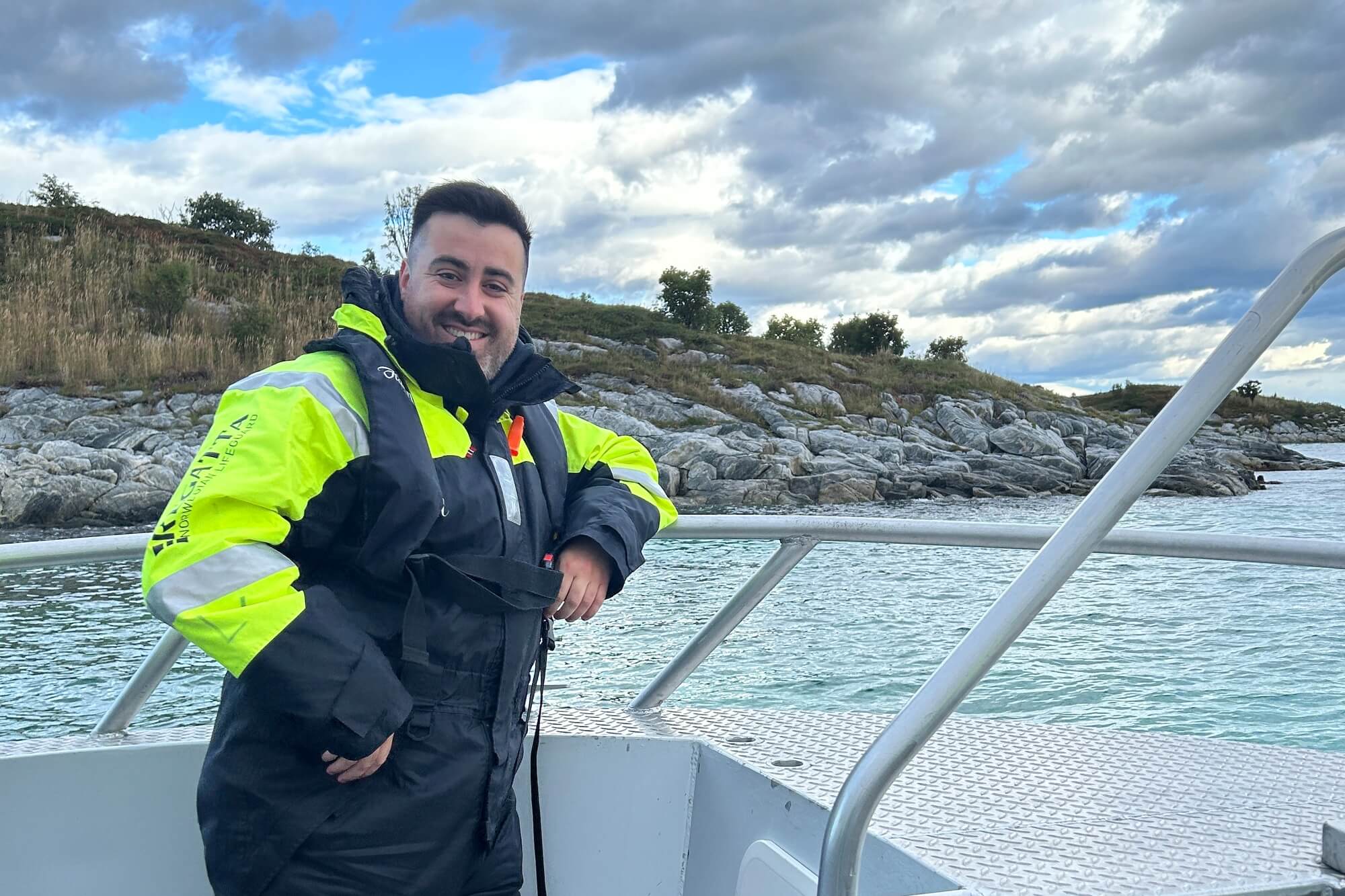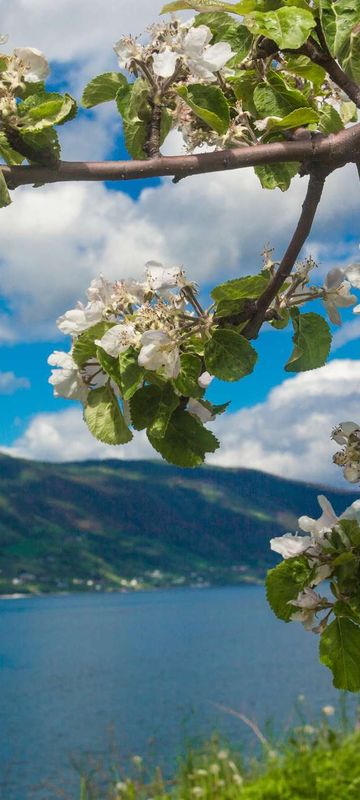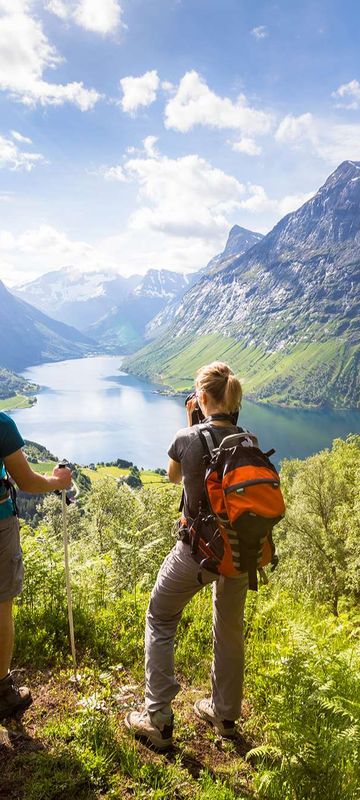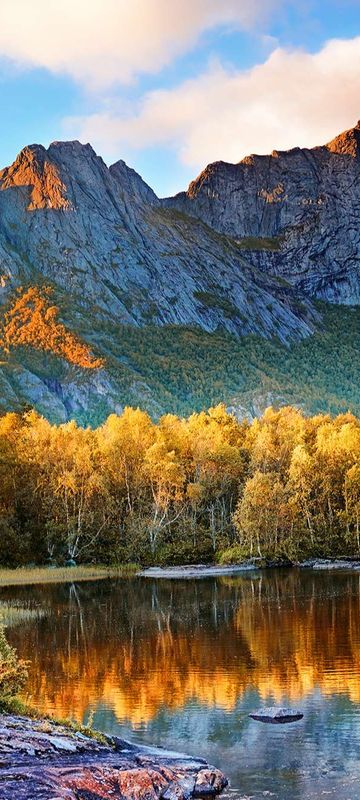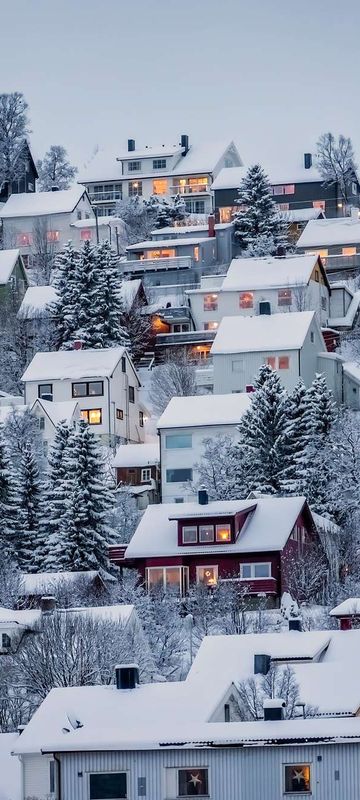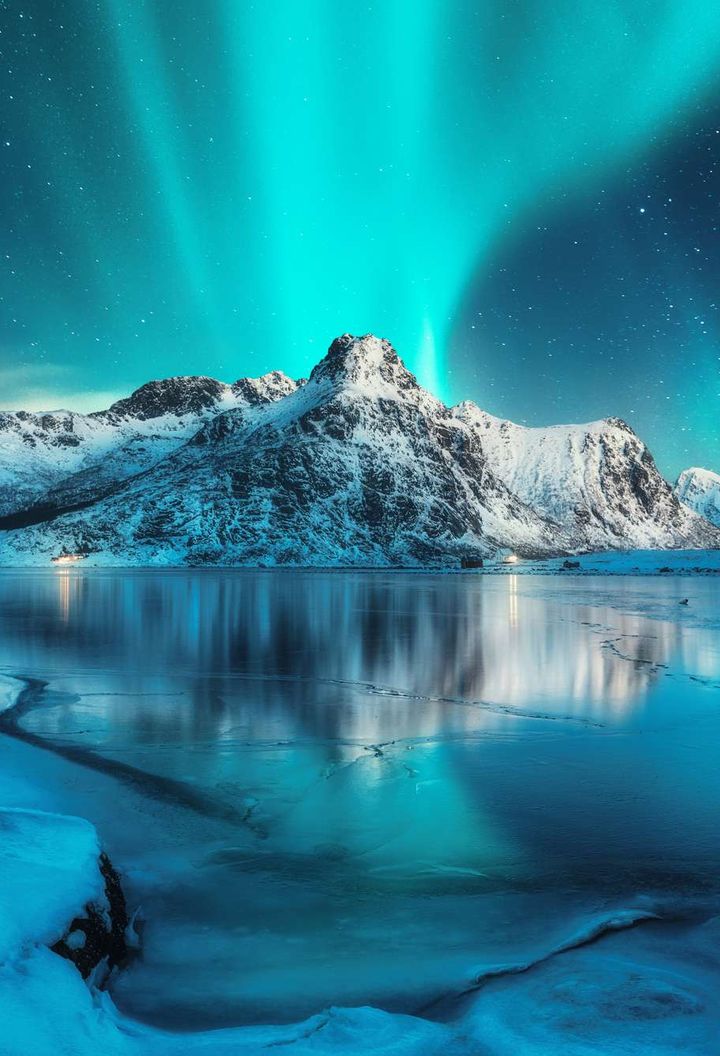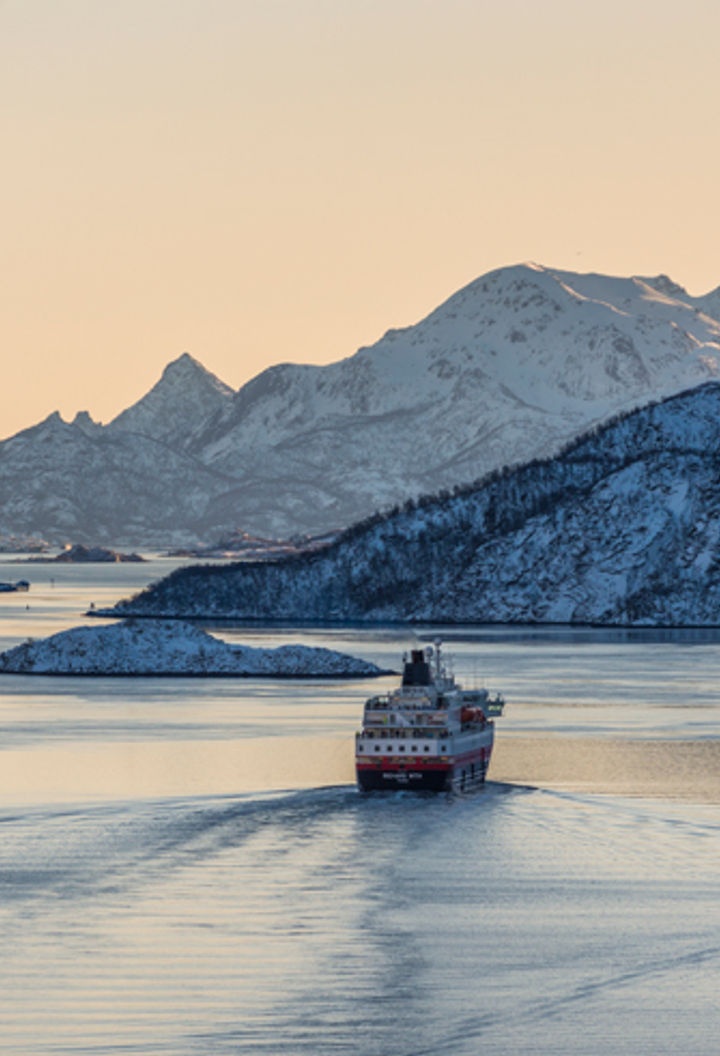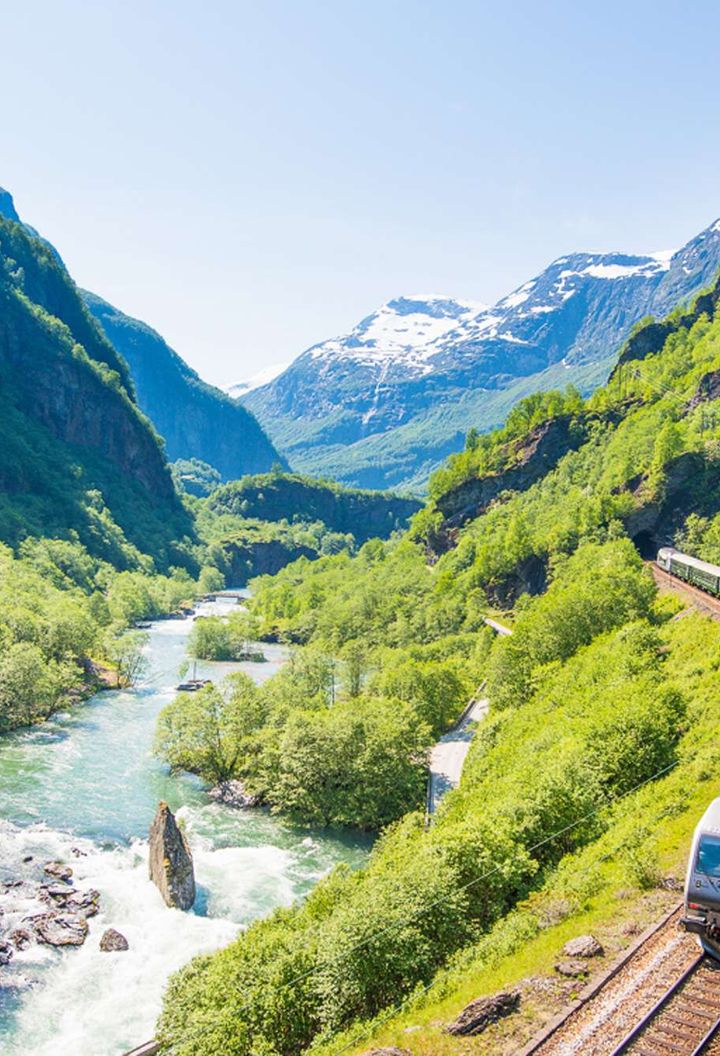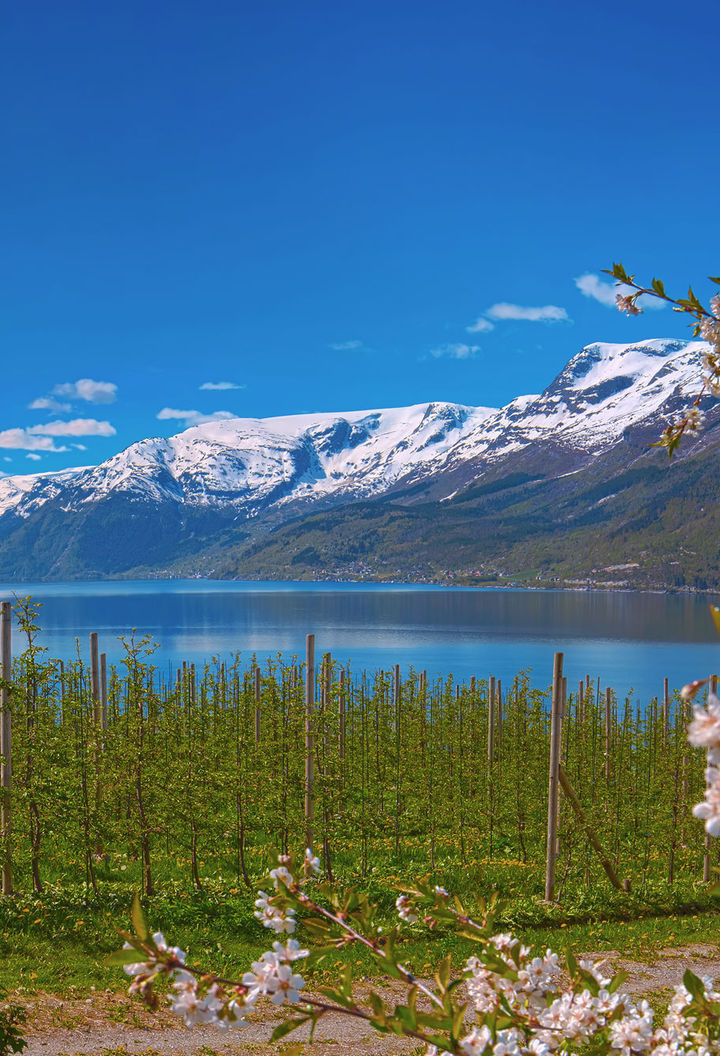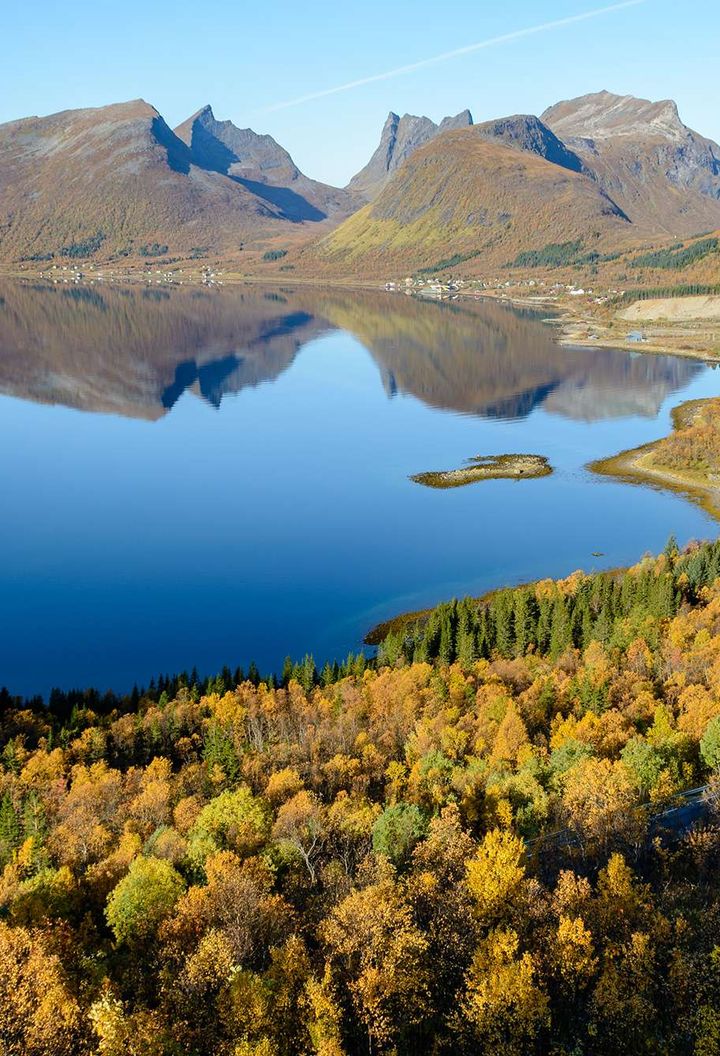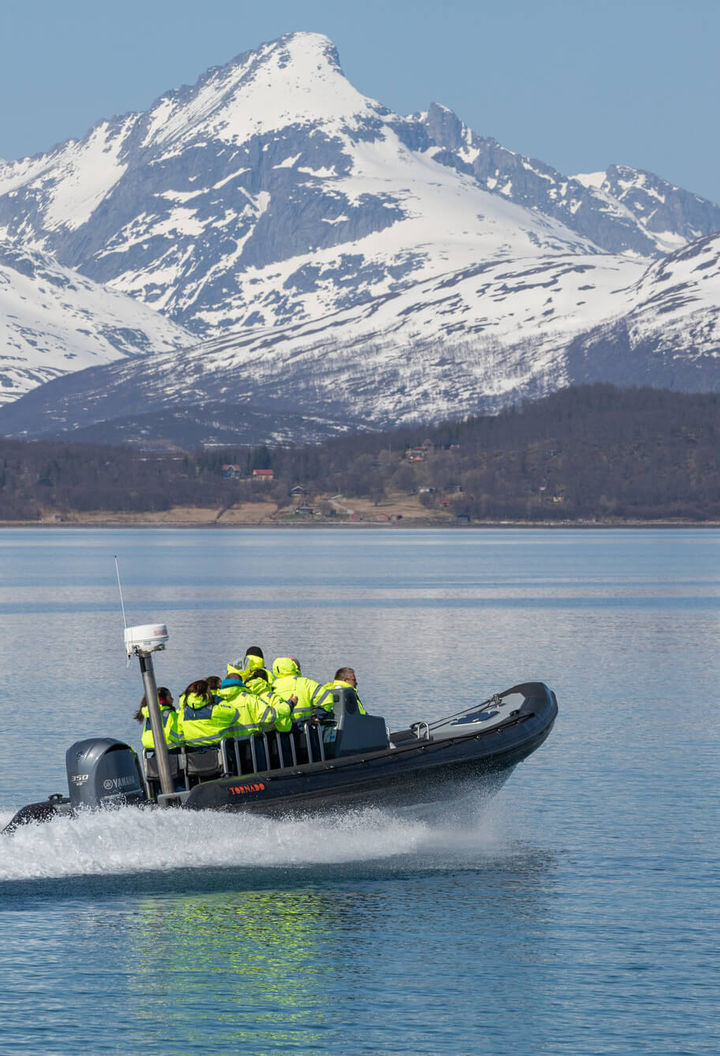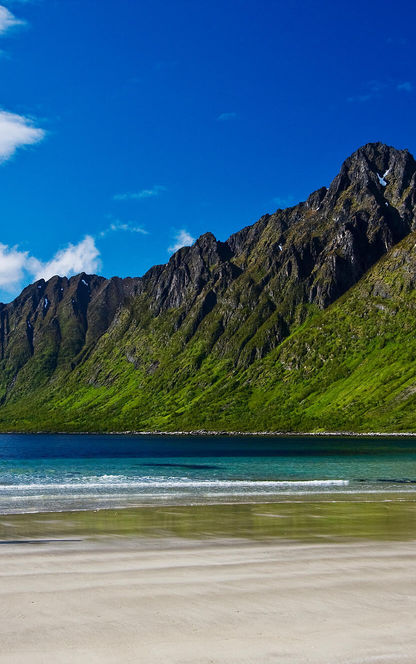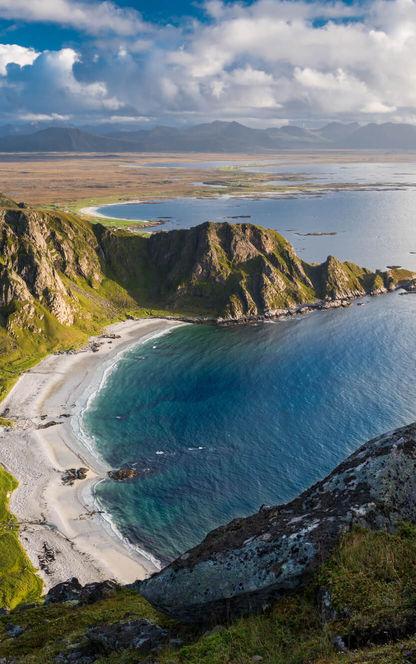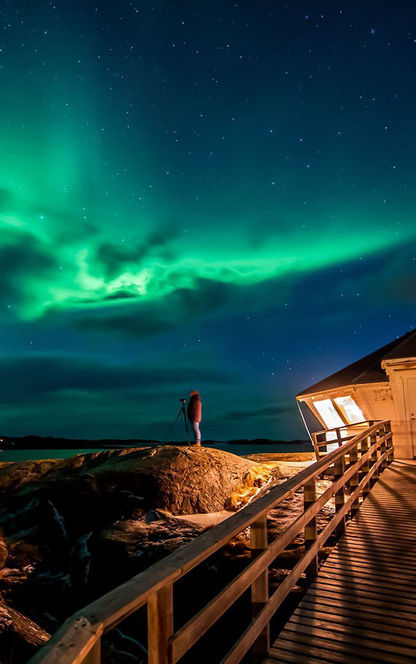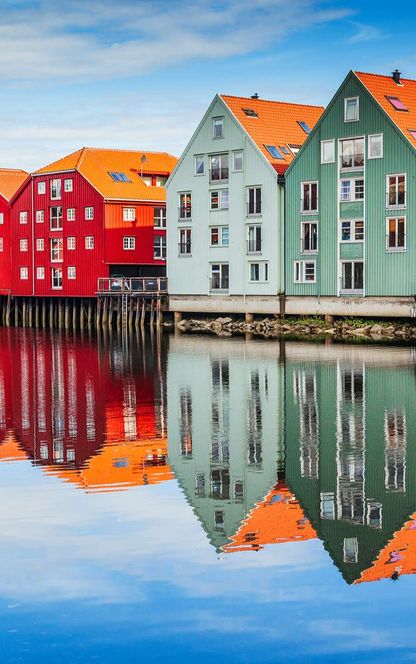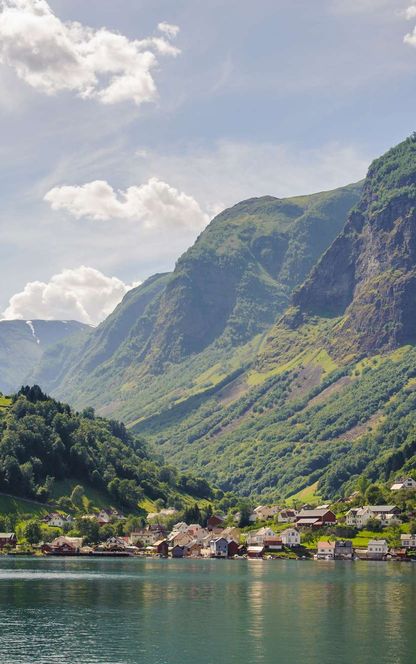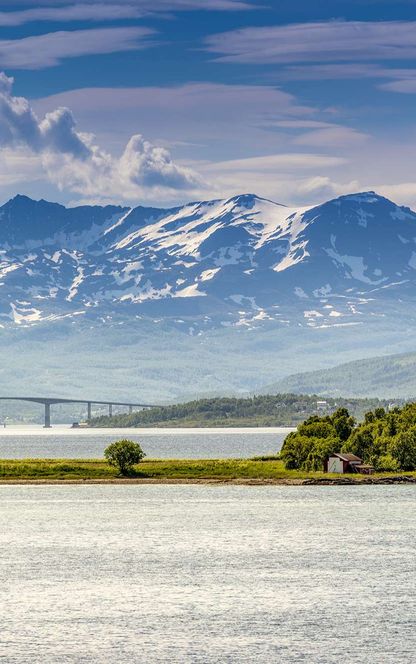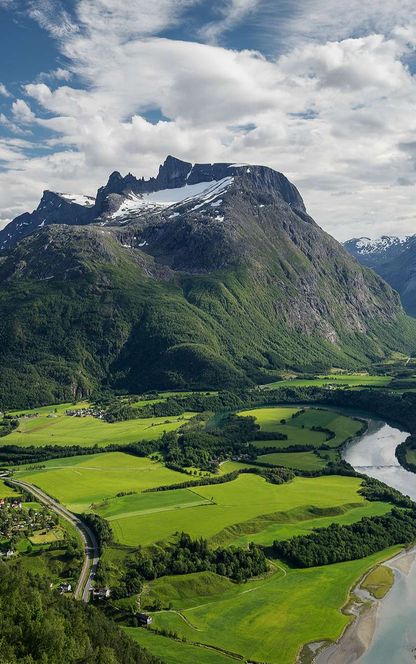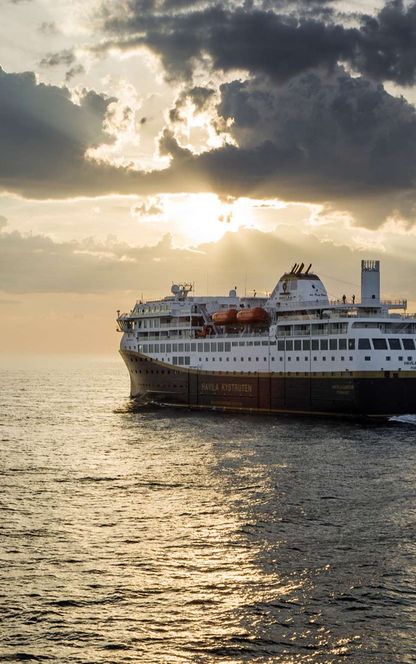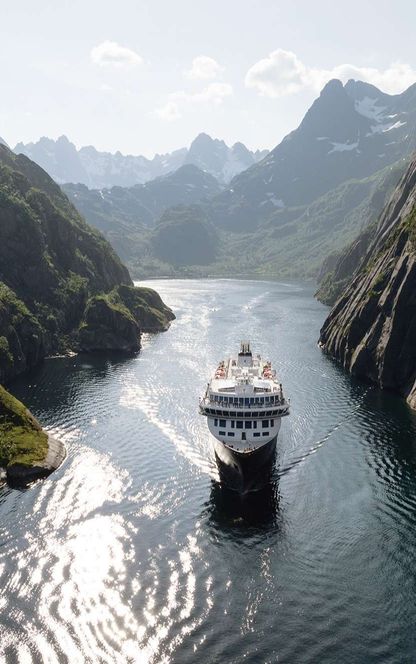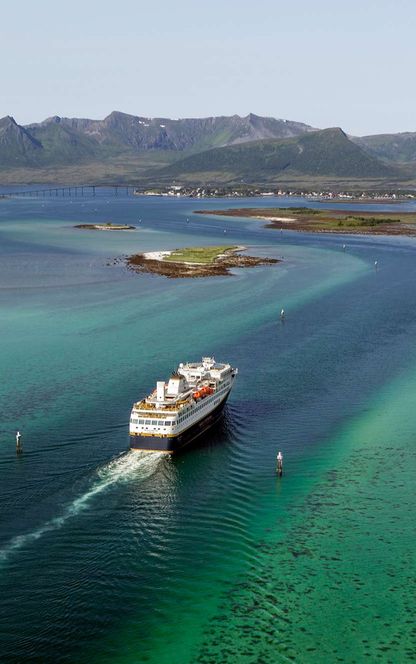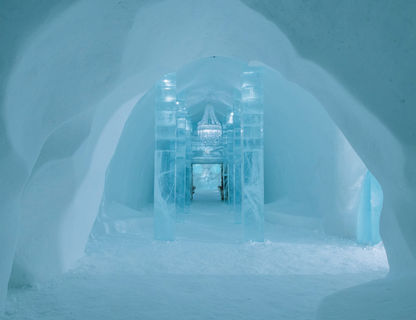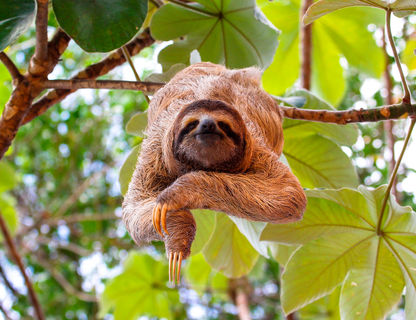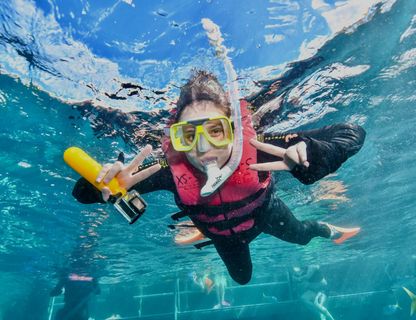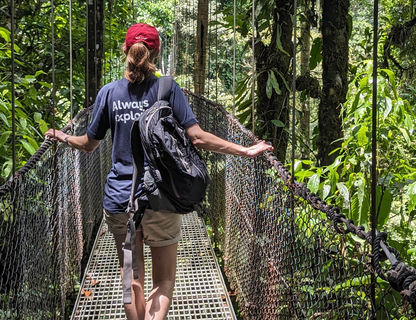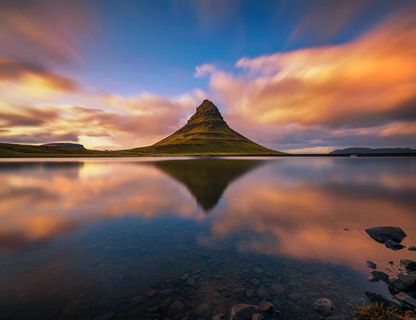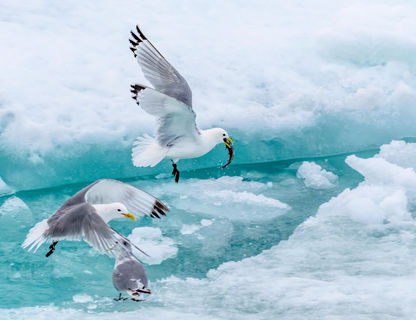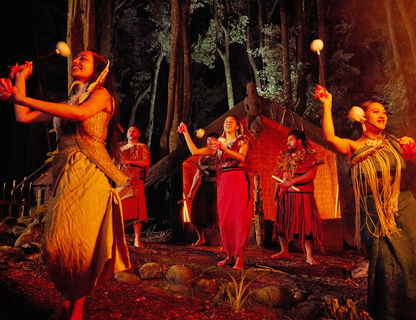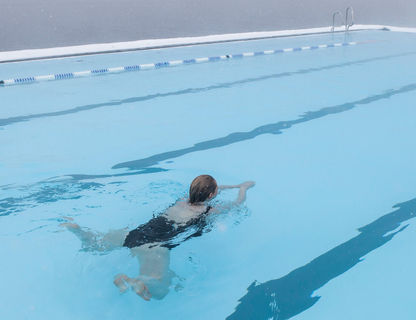Norway in Summer
Along with spring and autumn, the summer months are ideal for touring the head-spinning fjords of Norway – or exploring the ins and outs of its dramatic coastline. With good roads and little traffic, a self-drive holiday offers a free-spirited, quieter alternative to the much-hyped Norwegian cruise. Driving yourself, you’ll also get a different perspective of the landscape, stopping when you choose at a café, viewpoint or hiking trailhead. And if you want to experience the fjords from sea level, our Norwegian self-drive holidays include plenty of opportunities for a boat trip, ferry crossing or mini voyage using the ships ploughing the Hurtigruten route.
Wildflowers continue to dazzle throughout the summer, while the midnight sun bathes the landscape in a wonderful golden glow if you travel far enough north. At Nordkapp, the sun is visible almost continuously from mid-May to late-July. Throughout much of Norway, midsummer hours of almost endless daylight provide plenty of time for soaking up the scenery and experiencing activities ranging from hiking to kayaking.

























